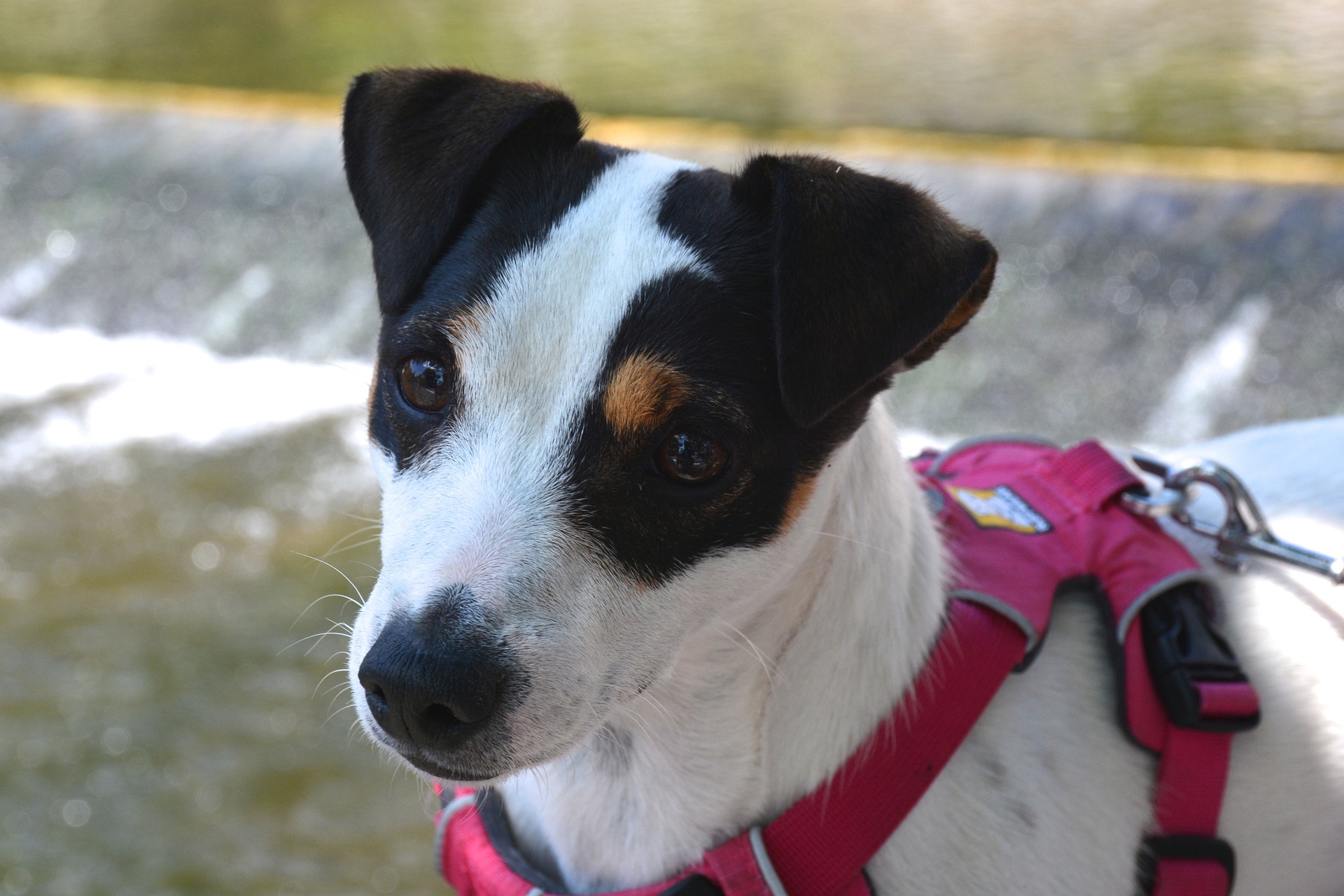In life, anything that claims to be ‘one size fits all’ or ‘made for any purpose’ can be useful for your situation but will rarely ever be the perfect solution. That being said, have you ever thought about the type of harness or leash you use with your dog? Each dog is different, and each owner has different training goals and needs. The type of harness you use can hamper your progress or enhance the experience you share together with your pup. Familiarizing yourself with the various types of leashes and harnesses is a great first step to becoming a more well-rounded dog owner.
Dog Harness and Leash Basic Differences
The type of leash and harness you decide to use will rely almost entirely on your needs as a dog owner and your dog’s behavior. Not everything in life is about maximum efficiency, so some dog owners might want to use a stylish or comfortable collar instead of one that gives the owner more direct control of their pet during a walk. While we recommend leashes and harnesses that promote good behaviors in dogs, the ultimate choice is left to the dog owner. As your dog becomes more well-behaved on outdoor outings, you can swap your leash or harness for a variety that is more comfortable or easy to use.
Front-Clipping Harnesses: Front-clipping harnesses are a fantastic tool to use in conjunction with training to help your dog learn proper etiquette when out for walks. Clipping their leash to the front of their harness causes every pull to twist and turn their body back towards you and away from whatever has piqued their interest. You’ll notice that your pup quickly learns that in order to move forward to where they want to go, they cannot pull. These harnesses work well in establishing a basic understanding of your dog but do not take the place of training.
Back-Clipping Harnesses: Back-clipping harnesses are the more comfortable cousin to the front-clipping harness that is more agreeable with well-behaved dogs. Harnesses can be helpful for small dogs and dogs uncomfortable with excessive pressure on their neck, but back-clipping harnesses do very little to prevent pulling and are best used after training has helped weed out some of the undesirable behaviors in your pup.
Head Harness / Halters: Head halters work on the same principle as front-clipping harnesses and help discourage pulling by forcing the head back turned towards their owner when they pull ahead. While they provide control, head harnesses can be uncomfortable. Without proper training, your dog may never learn to stop pulling and continue going about their daily walks in pain or annoyance.
The type of leash you choose also plays an essential role in keeping your dog safe, comfortable, and well-behaved on their daily walks.
Standard Leash: Your basic leash will be between 4 and 8 feet long and come in a wide variety of colors and materials. Having a leash of fixed length is actually preferable to adjustable leashes, as your dog will know their limits and not come to a screeching halt when they pull too hard. Starting with a smaller-sized leash can help you develop good walking etiquette with your dog before you graduate to a longer leash for more dog freedom.
Adjustable Leashes: Adjustable leashes are most commonly loops of metal rings that allow you to clip to any area of the leash’s length. You can clip the leash at the end to provide room for your dog to explore or clip it close to the harness to exert control over your dog in a crowded area.
Making your daily walks fun and comfortable for both parties should be your eventual goal with training. As you work on this goal, change your leash and harness variety to the one most suited to your needs. Call Gulf Coast K9 Dog Training today if you need help with obedience training or are simply looking to help your dog brush up on a few basic commands.





